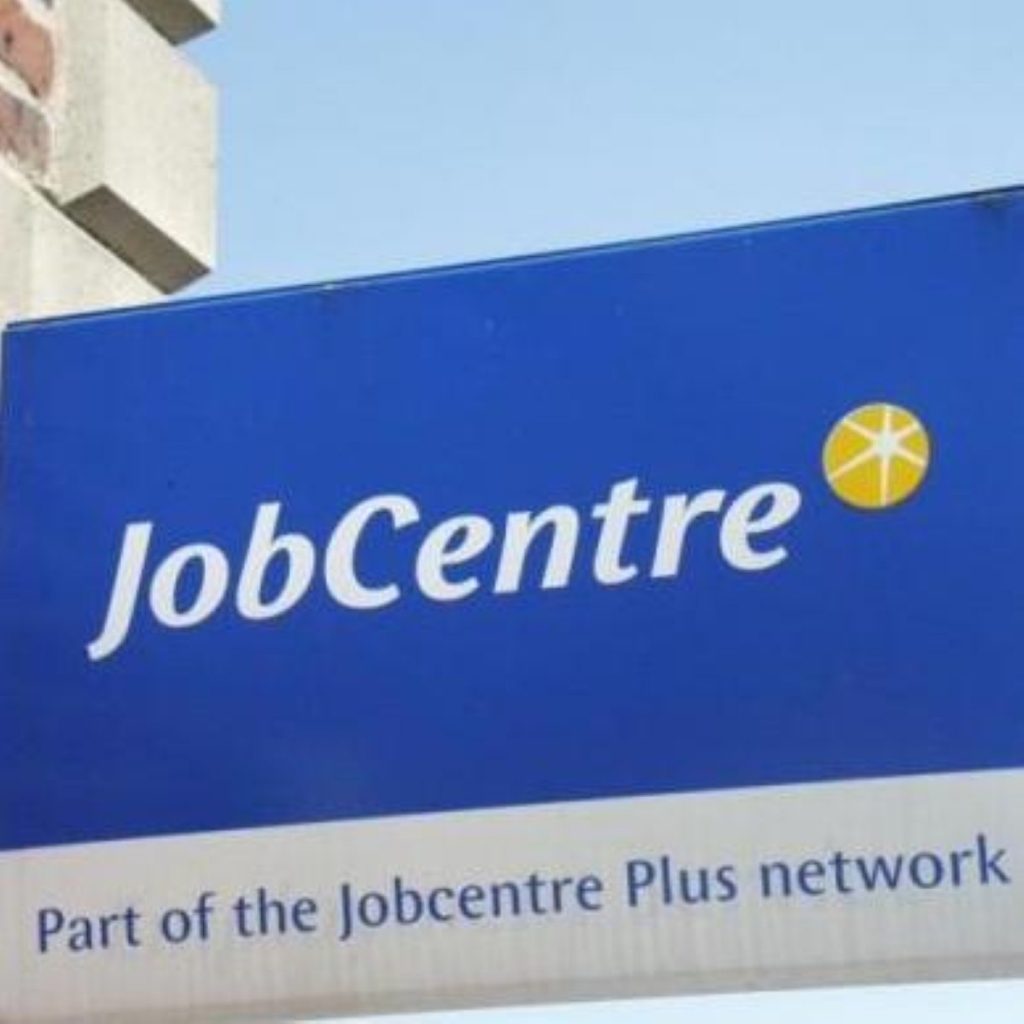Employment up but dole queue grows
Unemployment has risen once again over the past month to a six-year high of 1.68 million, figures from the Department for Work and Pensions (DWP) show.
The number of people looking for work rose by 243,000 through the year, while the number of people claiming Jobseekers’ allowance is also up 2,000 on last month to 957,000.
However, welfare reform minister Jim Murphy highlighted the fact that employment is at its highest ever level, up 240,000 over the last year to 28.94 million.
Speaking on the 20th anniversary of the highest unemployment in post-war history, he insisted that policies such as the New Deal had made major progress in getting people into work.


“Since [1986] employment is up by four million to a new record and claimant unemployment is down from over three million to less than one million,” Mr Murphy declared.
He attributed the increase in unemployment to a growing population, and the fact that the number of people not looking for work – the economically inactive – has fallen 108,000 to 21 per cent, its lowest rate in 14 years.
For women, the inactivity rate is the lowest since records began, at 26 per cent.
The number of people claiming incapacity benefit is also down 52,000 on the year to February, to 2.71 million – its lowest level for six years, while the numbers on lone parent benefits have fallen by 16,000.
“Whole communities were written off 20 years ago. Double digit unemployment rates were the norm and many areas suffered from 20 per cent or 30 per cent out of work,” the minister said.
“We have come a long way, but we cannot stop now. That is why the next stage of our welfare reforms will be the most ambitious yet.
“We are determined to extend employment opportunities to give those traditionally left behind by the system, particularly those on incapacity benefits, who can and want to work, the support they need to move into the labour market.”
The British Retail Consortium (BRC) took the opportunity of using today’s figures to warn against any further increase to the national minimum wage, saying that it is hitting business hard and, could, in turn affect the labour market.
“Our new figures show last year’s minimum wage rise cost retailers £1 billion and this October’s increase will need another £1 billion,” said director general Kevin Hawkins.
“That kind of money can’t be found year after year without detriment to business.
“With other costs, including energy prices, rent, rates and service charges now also shooting up, it’s no surprise that a quarter of retailers say they are likely to cut staffing costs, which may include some jobs.”

